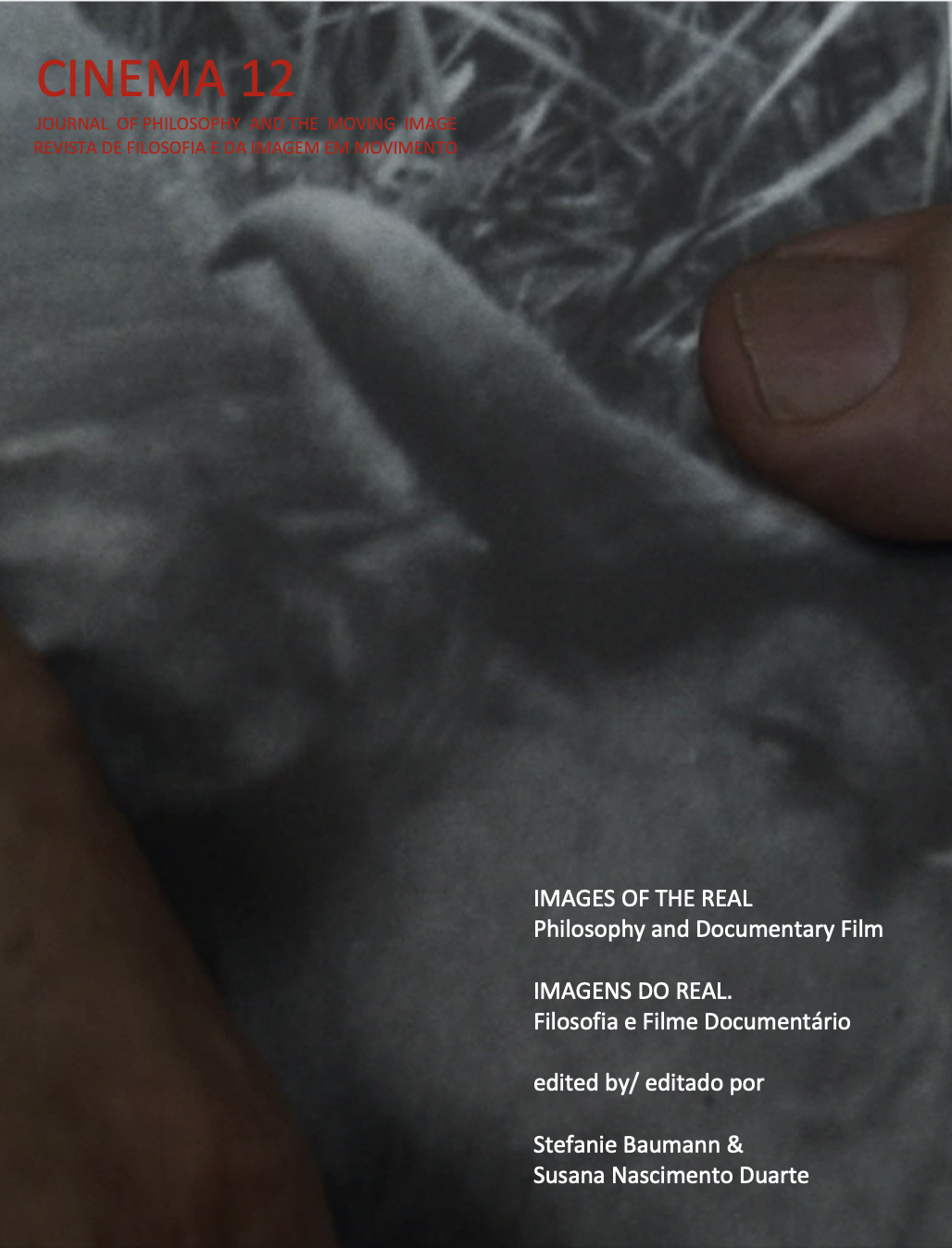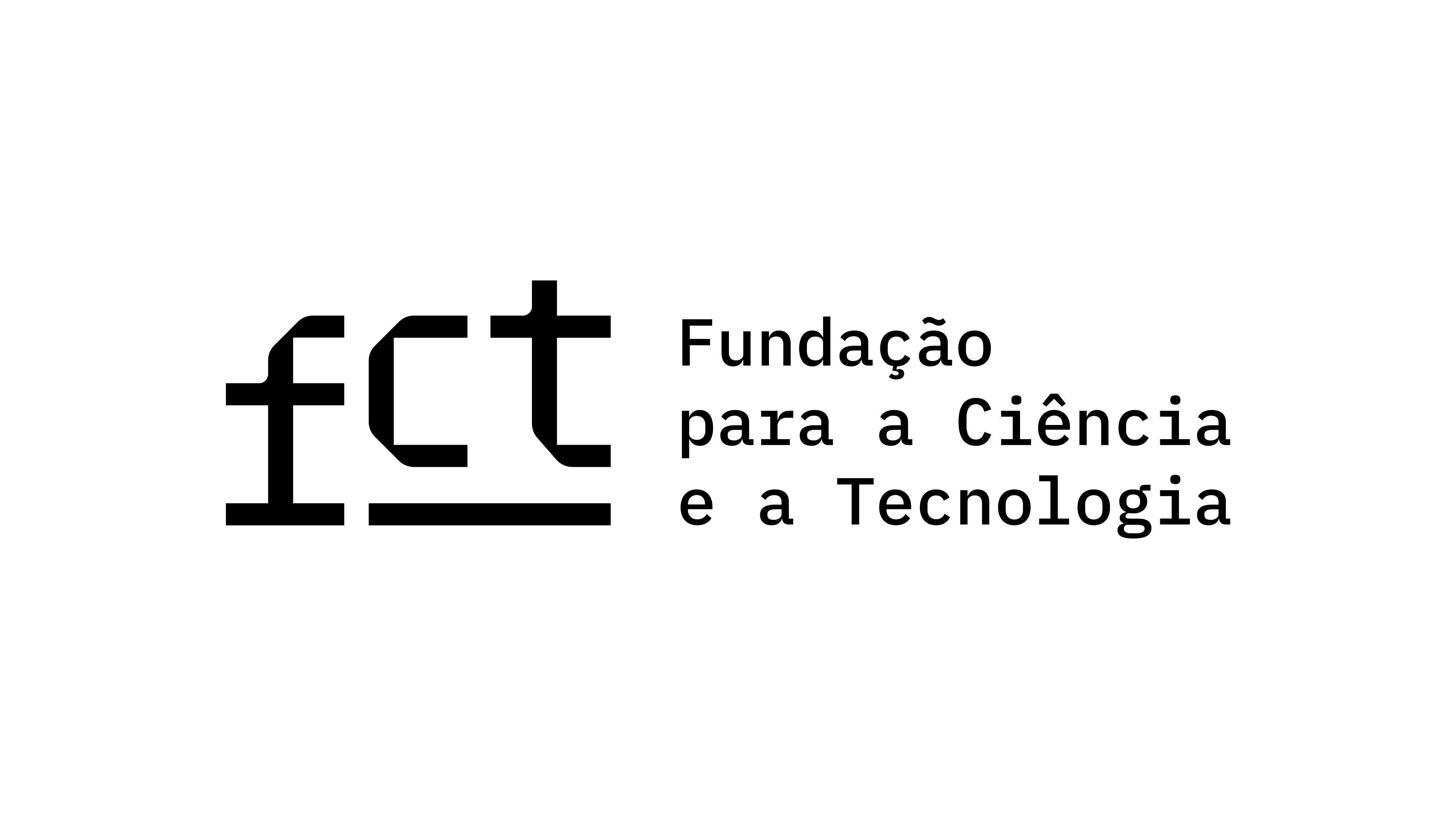The Techno-Scientific Civilization and the De-Realization of the Image. Godfrey Reggio’s Qatsi Trilogy in the Light of Jacques Ellul’s Reflection on Technology
Resumo
Spanning twenty years, from 1982 (Koyaanisqatsi) to 2002 (Naqoyqatsi), Godfrey Reggio’s socalled Qatsi Trilogy (that also comprehends Powaqqatsi, 1988) is a very compelling and significant example of how documentary film can move far beyond the positivist claims of an objective reproduction of “reality”, of a neutral observation and of a primacy of content, and directly confront itself with the complexity and ambiguity of our experience. The Qatsi Trilogy has contributed to the process that has expanded documentary film towards art film and essay film and that has brought, in contemporary art, to what has been described as a documentary turn. In Reggio’s trilogy the indexicality of images is embodied within an aesthetic project that stages the very act of seeing and the very production of images themselves, so that the films become a metacinematographical meditation with multiple philosophical implications. This result is achieved by Reggio through many “spectacular” filming and editing techniques (such as aerial shots, time-lapse recording, super slow motion, etc.) and through the soundtrack (the iterative musical score composed by Philip Glass, the power of which contributes in making the Qatsi Trilogy an audio-visual symphony). An in-depth analysis of the Qatsi Trilogy turns out to be very relevant for a twofold reason. First of all, despite the success and deep aesthetical impact of Koyaanisqatsi, the trilogy has been rarely studied as a whole. Secondly, the trilogy deals with themes that are at the center of the current debate, such as the nature/culture relationship and its ecological implications. From this point of view, Koyaanisqatsi in particular has been seen as a Manichean and dichotomous essay film, that unilaterally condemns the devastation perpetrated by techno-scientific civilization on the pristine beauty of nature. But recently some more convincing perspectives have been presented, that underscore how the main feature of Reggio’s films is to de-familiarize our perception of things, be it nature, be it city-life in modern metropolises, be it third-world environments and cultures, be it the war of information that permeates the global world. In doing so, Reggio develops a meditation on technology and on machines, a meditation that obviously concerns cinema itself as “eye of the century”. In Koyaanisqatsi Reggio explicitly stresses that the aerial shots he so widely uses have a military background. They are thus linked to what Paul Virilio would call the “logistics of perception”. These technologies are aimed at surveillance, automation and control and so build and reinforce that “mimicry”, that synchronization of the emotions and standardization of behavior that characterize the industrial age within the framework of a subjectivist humanism. This leads directly to derealization as a possibility connected with the society of information, where weapons of mass destruction are enhanced by weapons of mass communication (see Naqoyqatsi). But technology itself (see Reggio’s editing process) offers possibilities that go far beyond the usual construction of perception and of meaning, and that challenge us to understand technology outside an “anthropocentric-instrumental” framework.
Downloads
Publicado
Como Citar
Edição
Secção
Licença
Direitos de Autor (c) 2022 Cinema: Revista de Filosofia e da Imagem em Movimento

Este trabalho encontra-se publicado com a Licença Internacional Creative Commons Atribuição 4.0.




